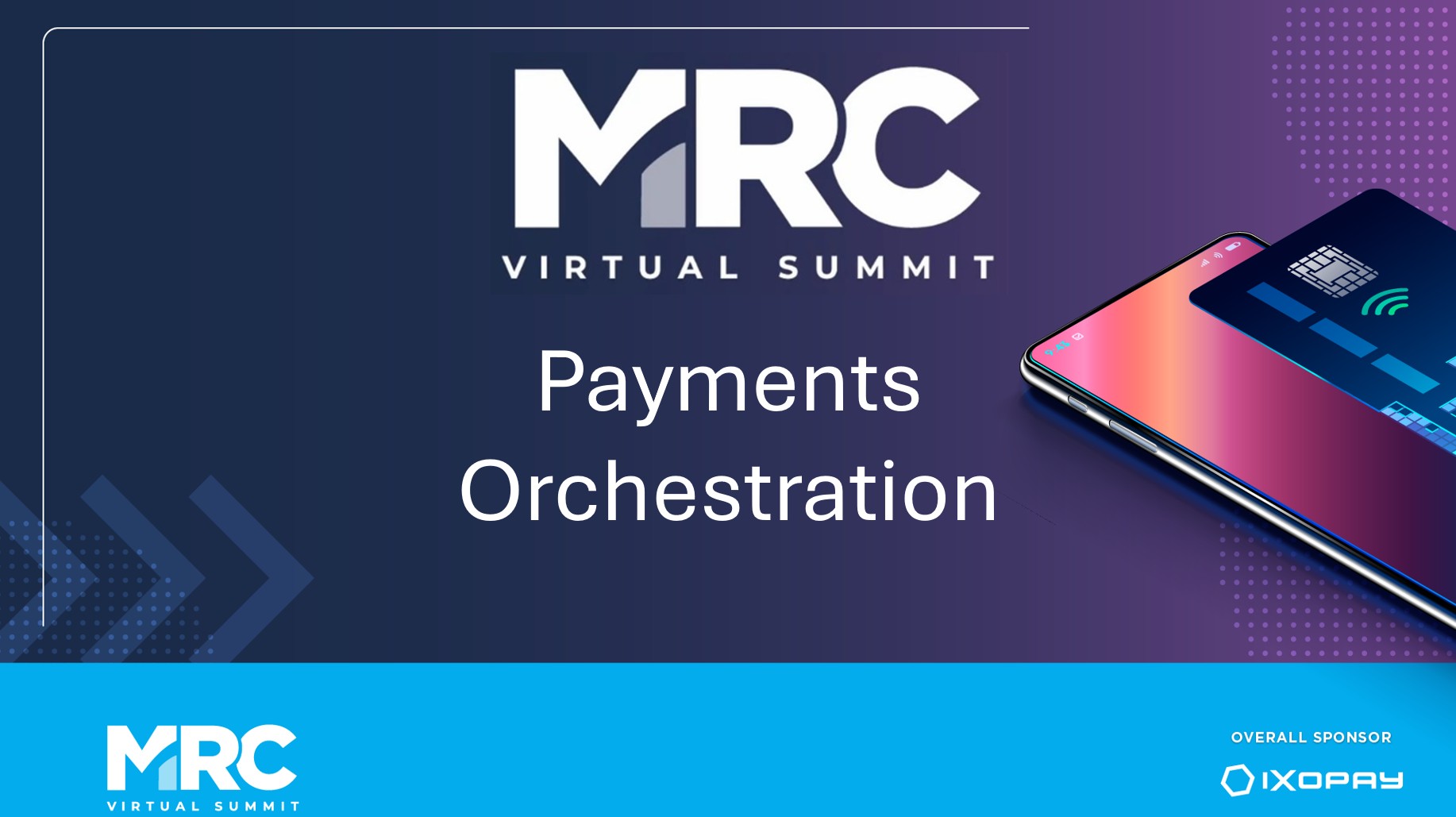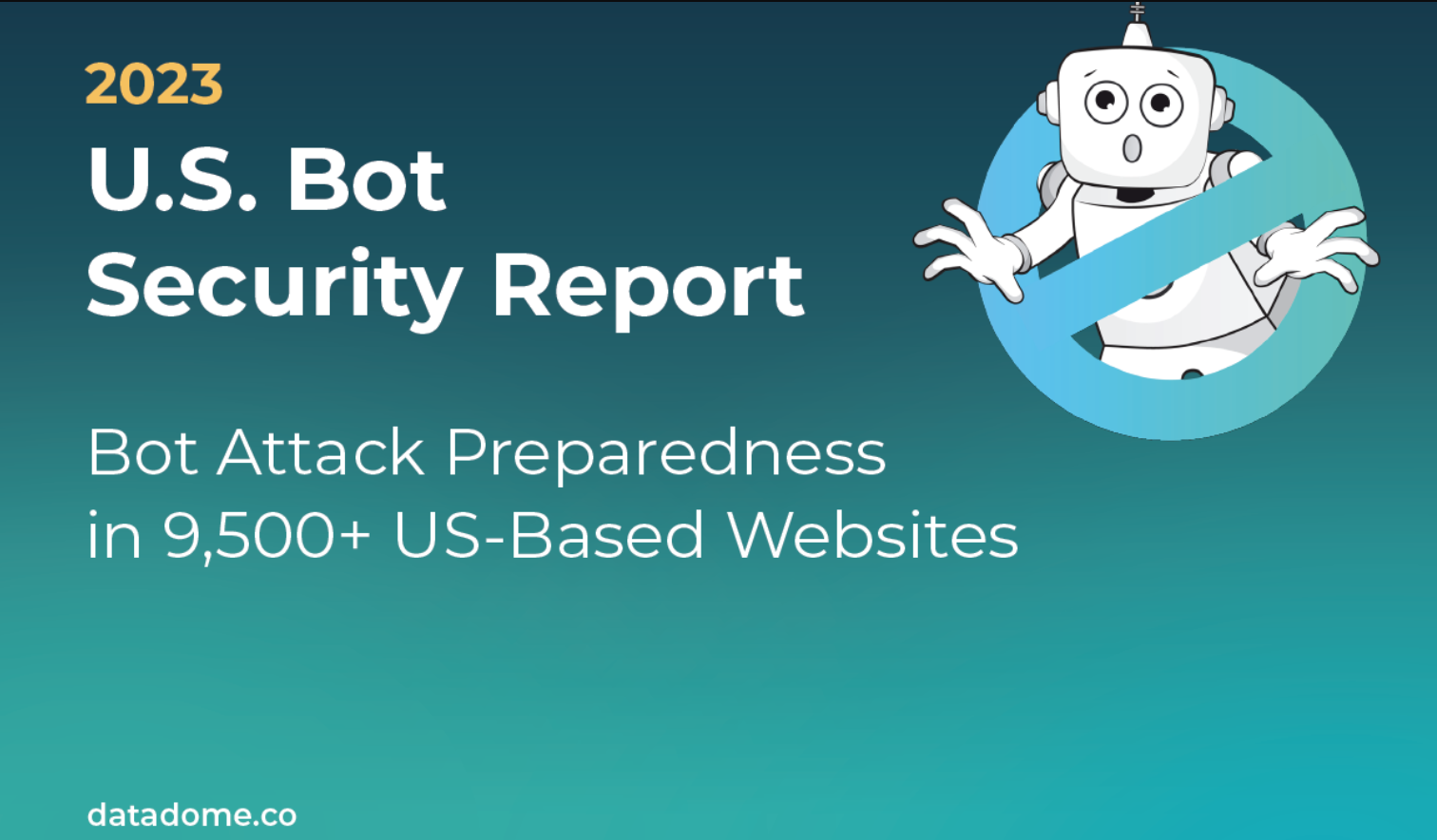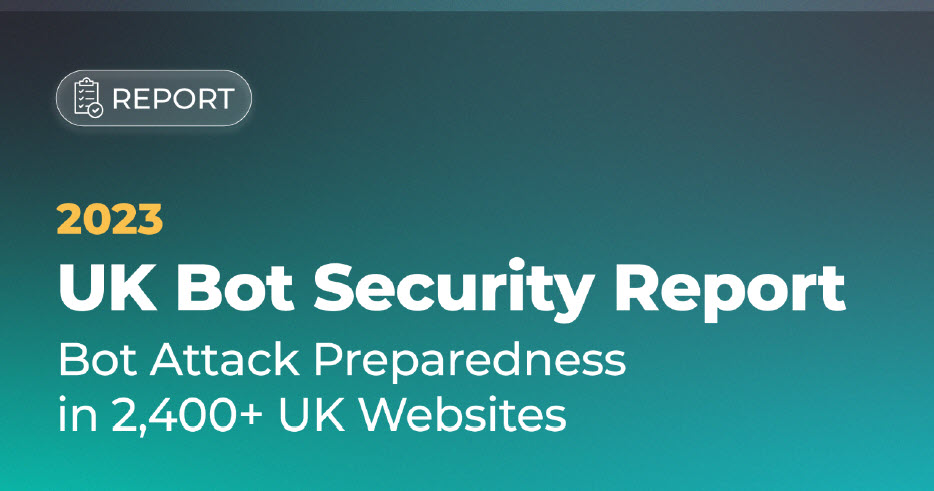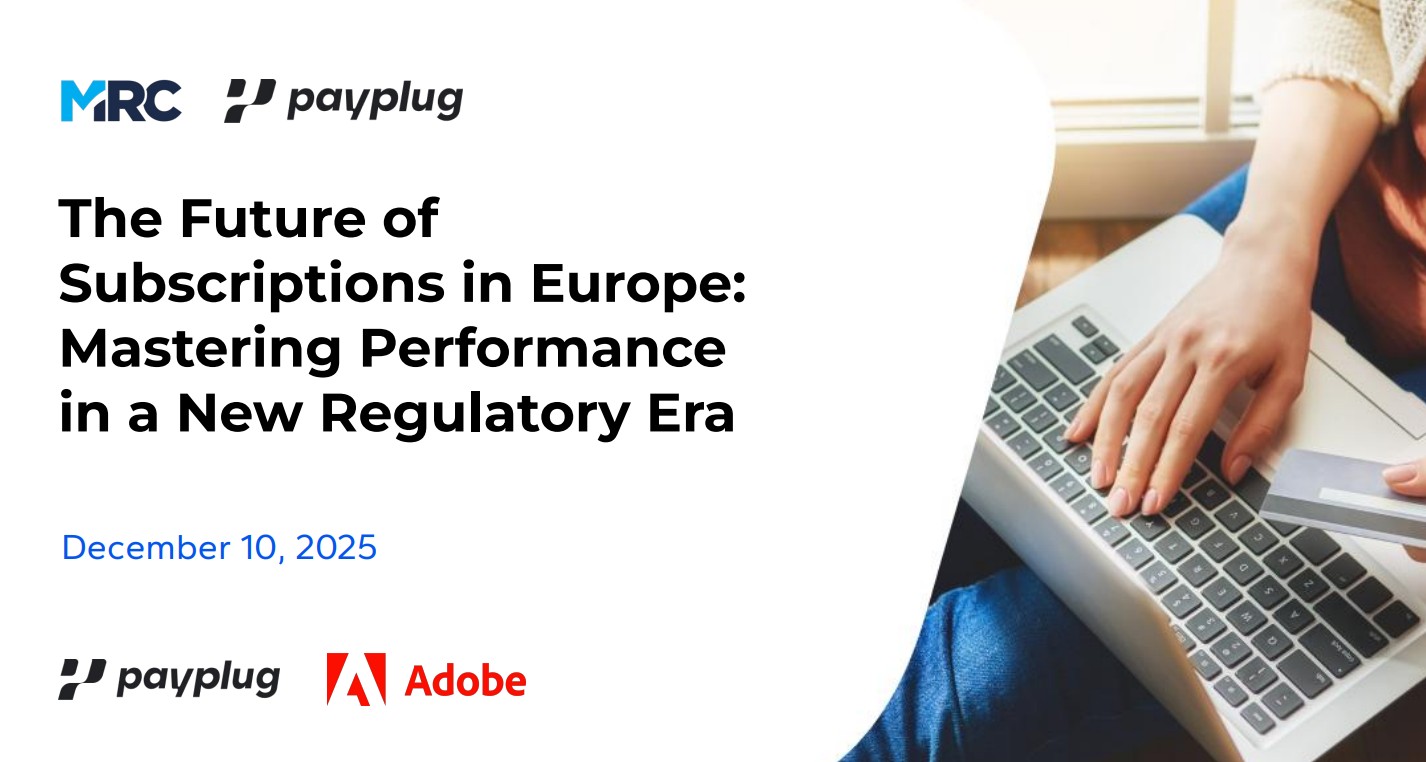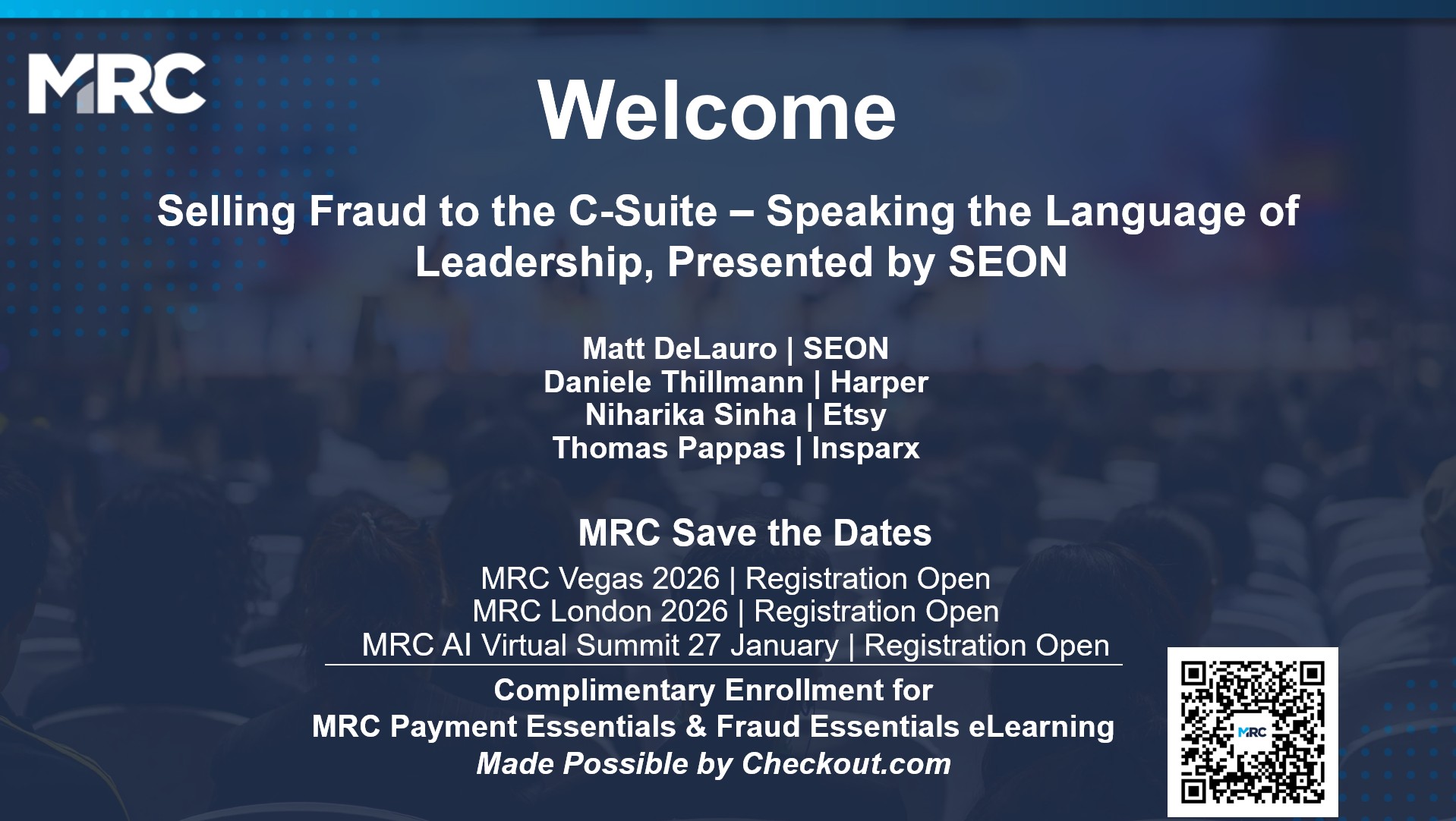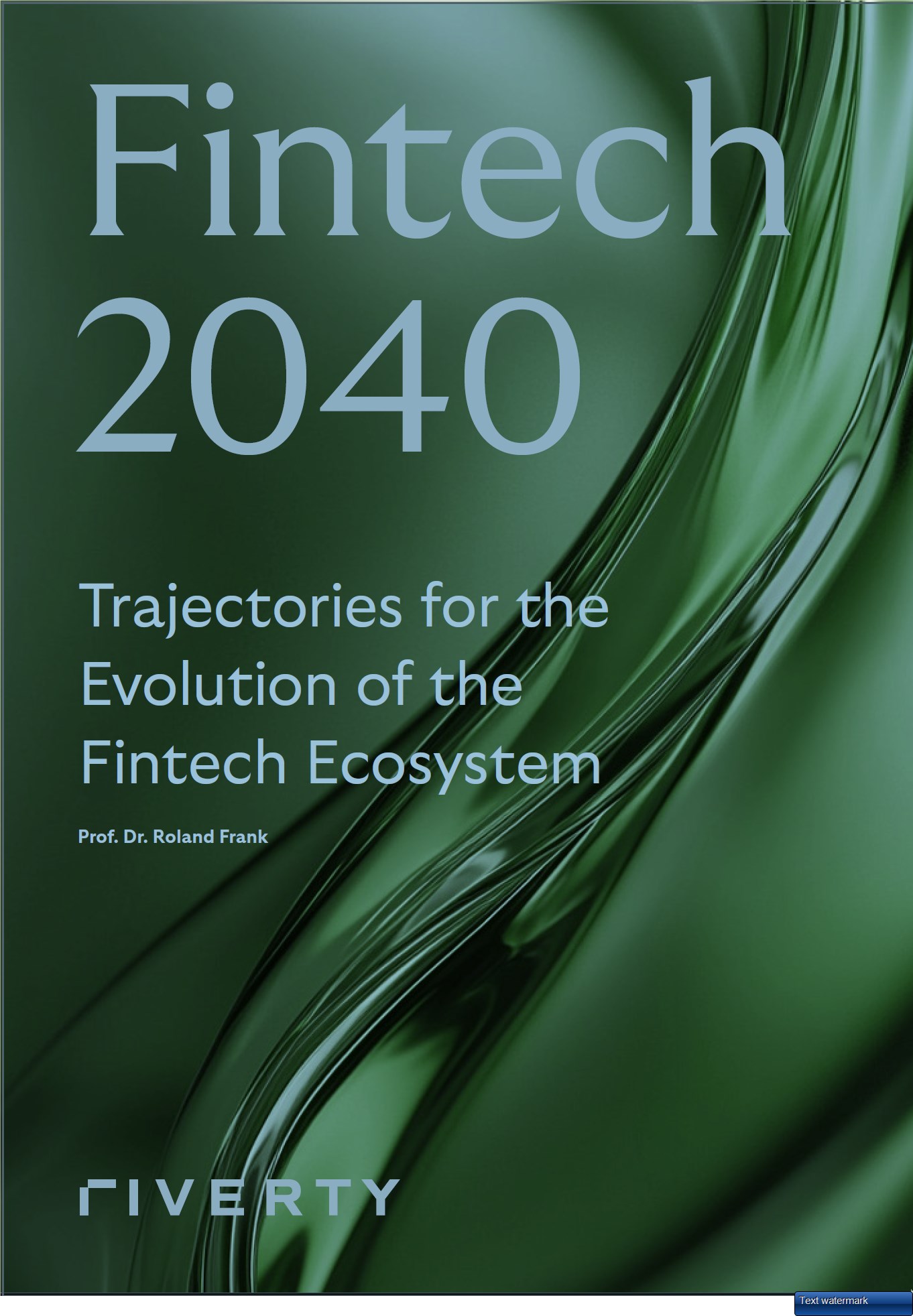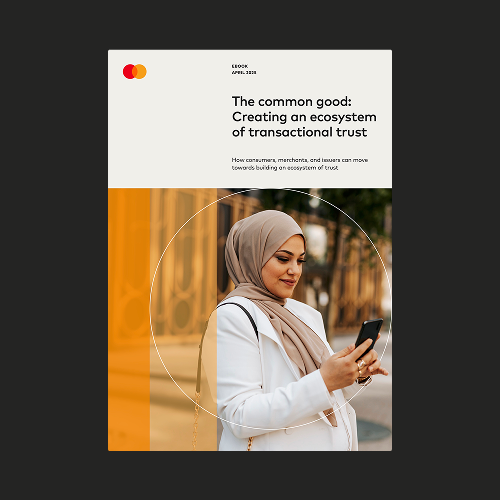Hybrid Customers and Hybrid Attacks: What’s Going On?
Fraud
Attack Types
Dave Senci -- Mastercard; Rosemary O'Neill -- NuData Security
Nov 03, 2021
Webinars
It used to be simple: Consumers interacted either offline or online. Attacks were either automated or by a human. It’s not quite like that anymore.
Thanks to the recent digital acceleration, users have more ways to interact now than ever before; accessing more services and, in doing so, combining online and offline activities. However, attacks have also evolved, blurring the divide between scripted and human attacks and using multiple placements as part of the same scheme to stay under the radar of most security tools.
Join us to understand what’s going on in the new digital landscape by looking at trends and attacks within the NuData network. Learn how to apply the findings to your own platform to be ready for this new post-pandemic reality.
Thanks to the recent digital acceleration, users have more ways to interact now than ever before; accessing more services and, in doing so, combining online and offline activities. However, attacks have also evolved, blurring the divide between scripted and human attacks and using multiple placements as part of the same scheme to stay under the radar of most security tools.
Join us to understand what’s going on in the new digital landscape by looking at trends and attacks within the NuData network. Learn how to apply the findings to your own platform to be ready for this new post-pandemic reality.
Some content is hidden, to be able to see it login here Login
Tagged:

Host a Webinar with the MRC
Help the MRC community stay current on relevant fraud, payments, and law enforcement topics.
Submit a Request
Publish Your Document with the MRC
Feature your case studies, surveys, and whitepapers in the MRC Resource Center.
Submit Your Document



